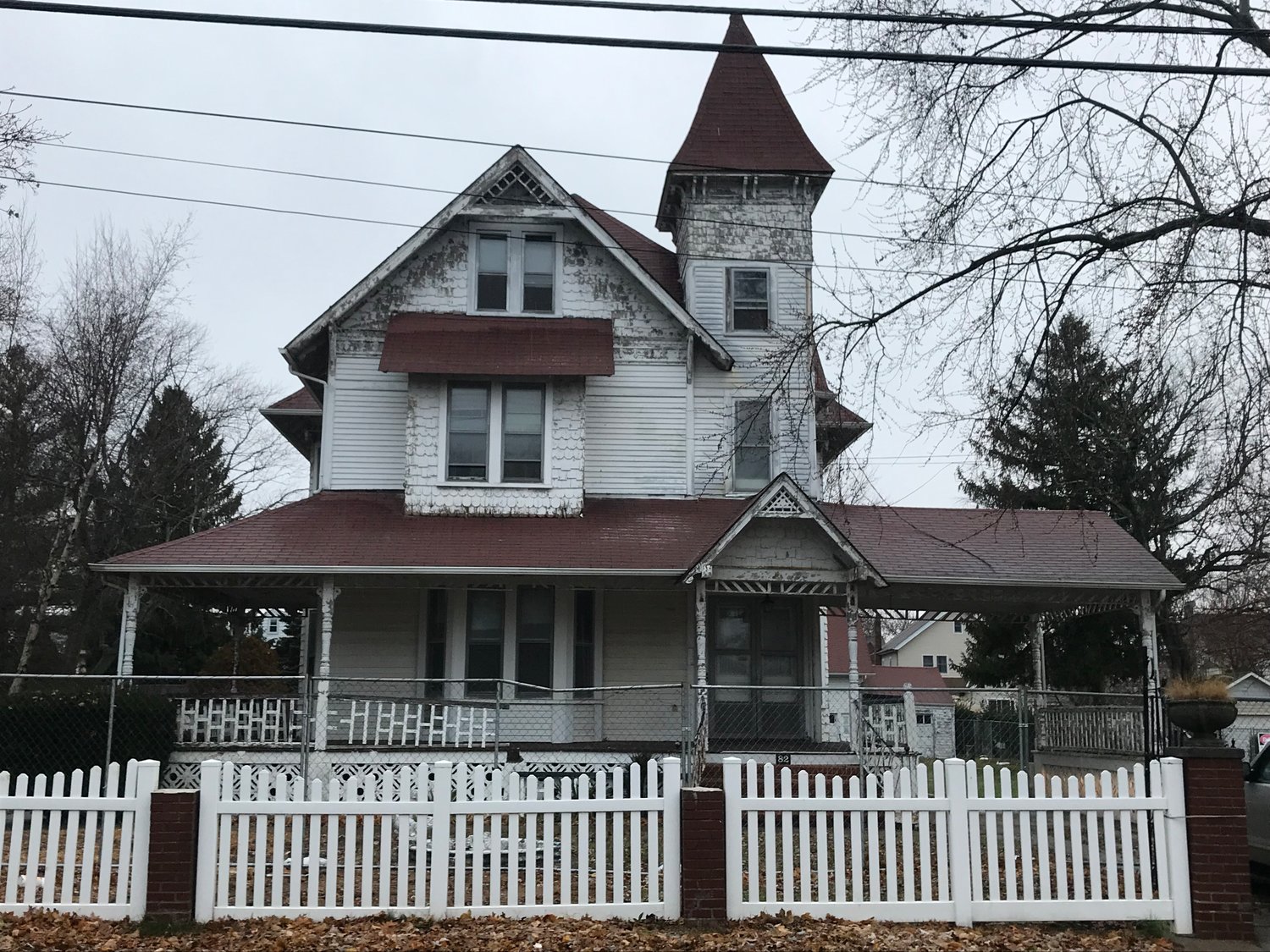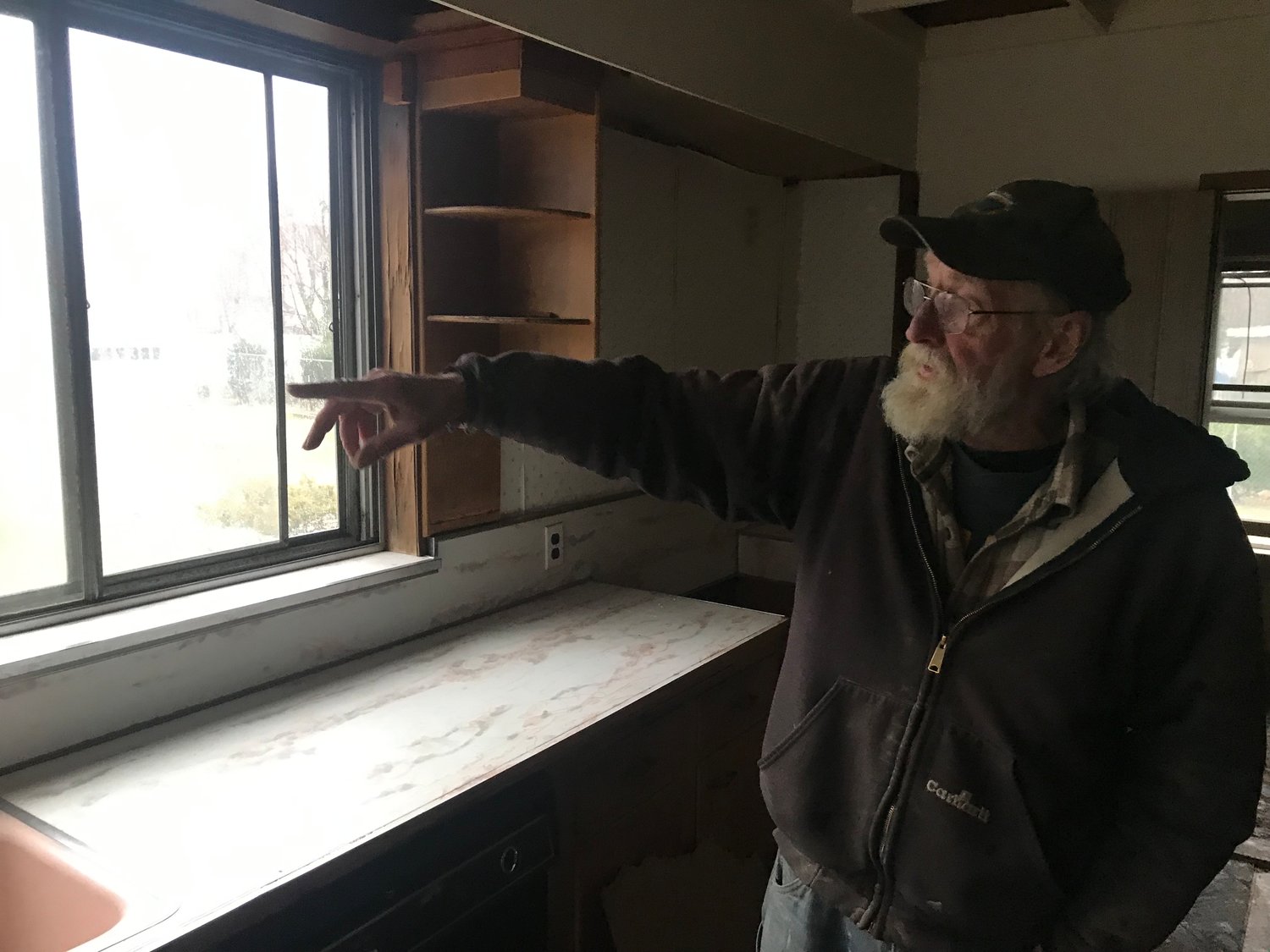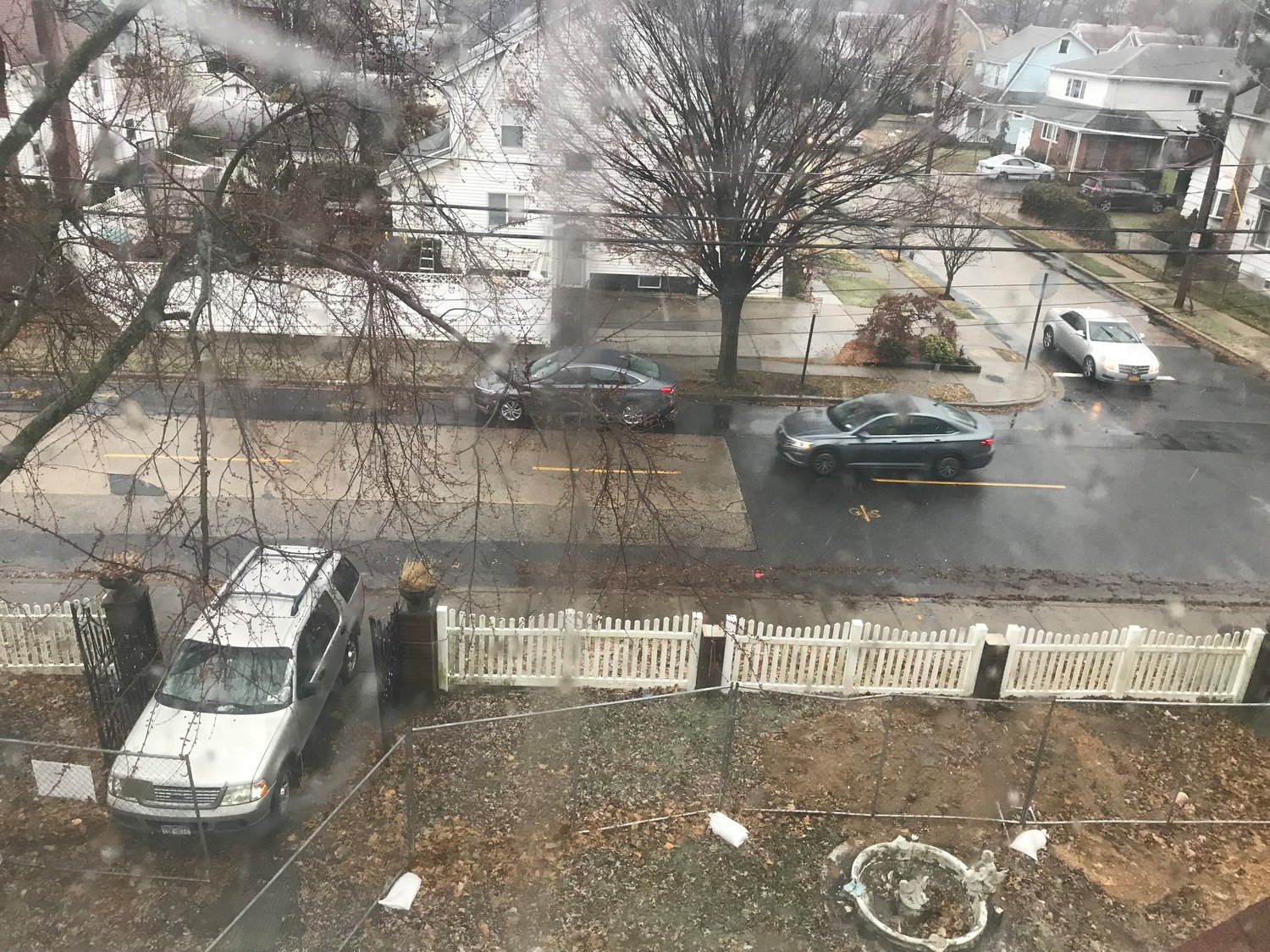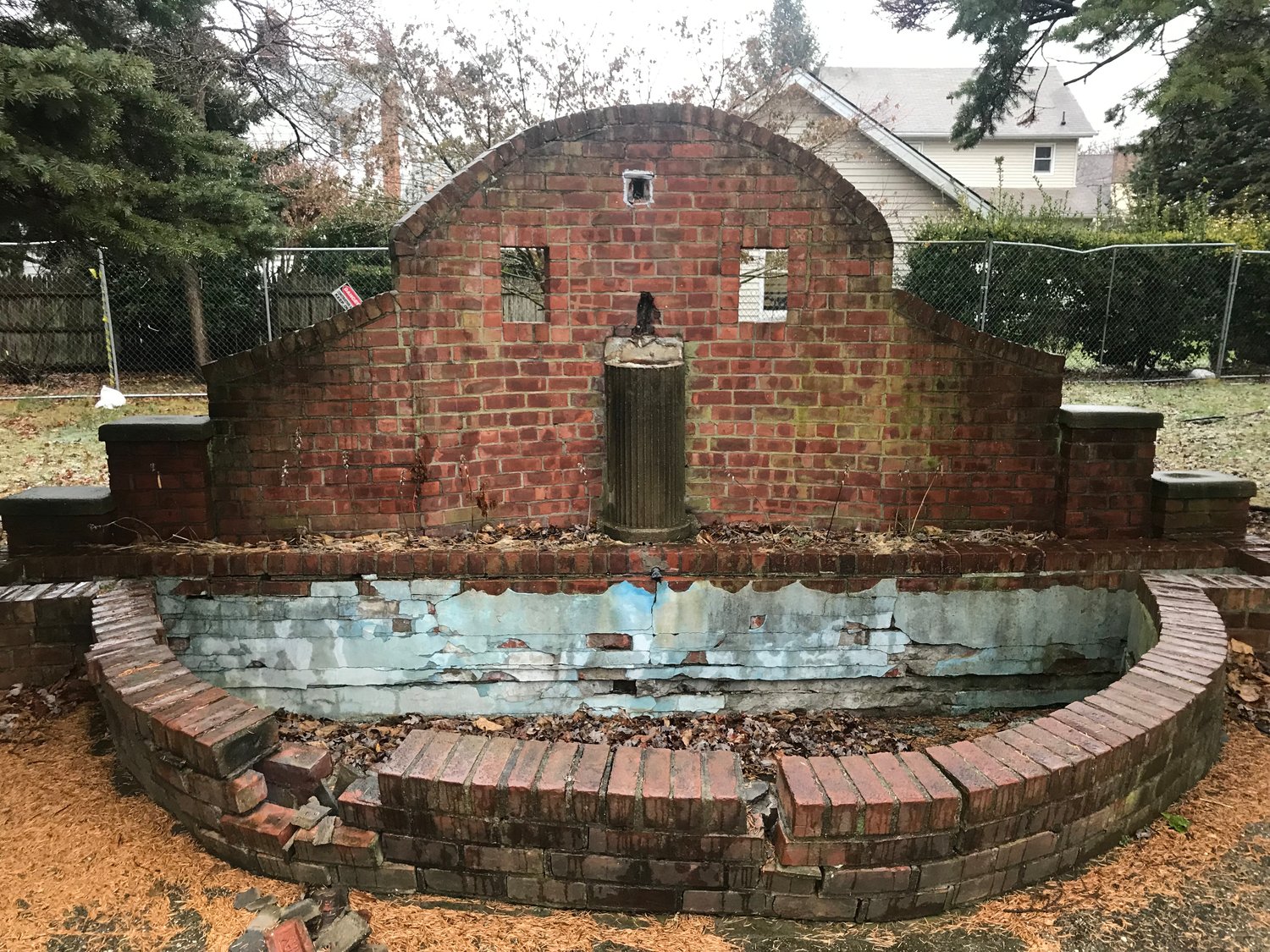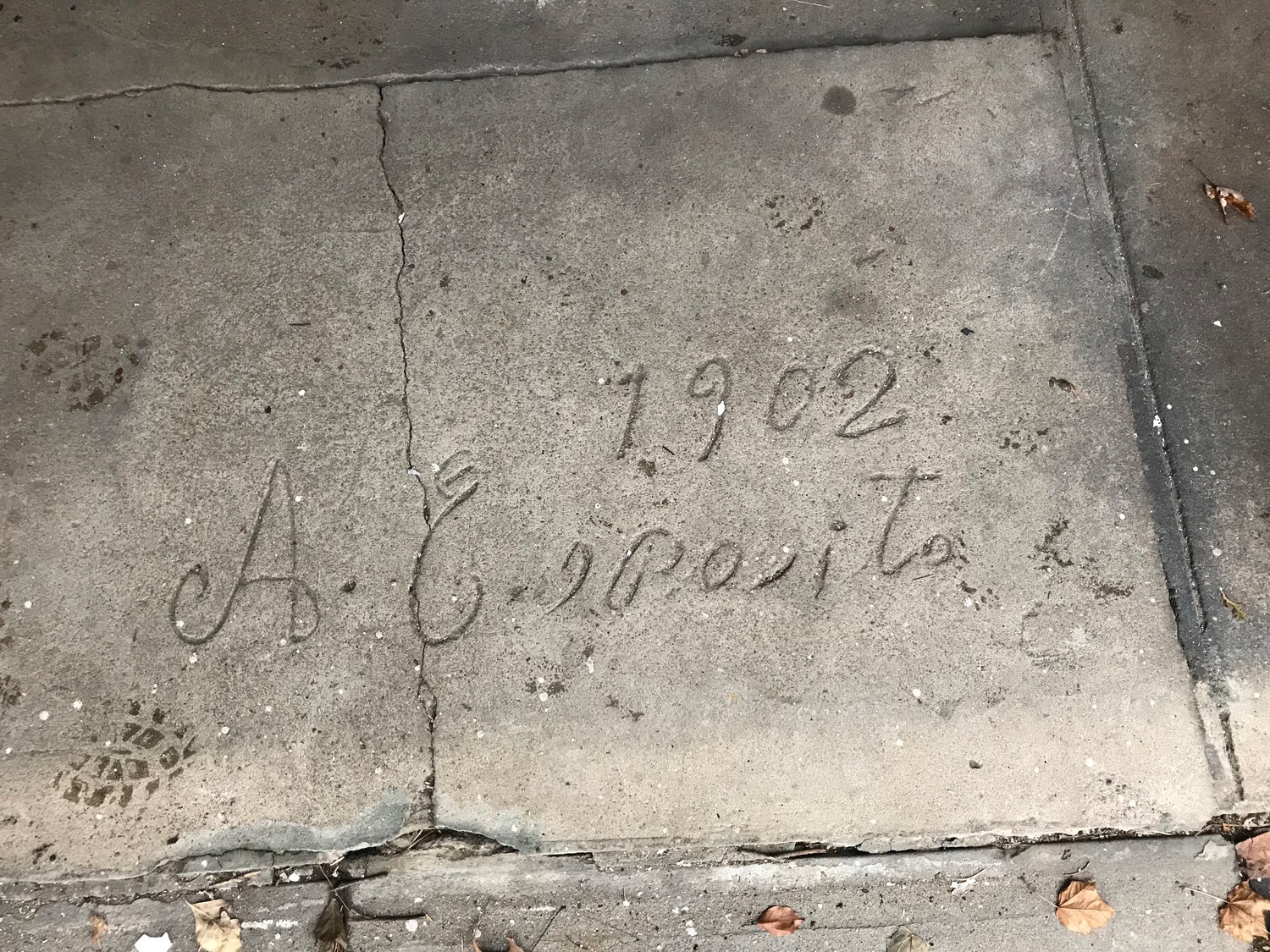Wednesday, April 24, 2024
 50.0°,
Overcast
50.0°,
Overcast
East Rockaway mansion dating back to 1800s to be razed
Standing in a large, vacant bedroom inside one of East Rockaway’s oldest mansions, at 82 Centre Ave., local craftsman Daniel Warren beamed as he retold the home’s history. His demeanor changed, however, when he spoke about how the building would soon be razed and replaced by three new homes.
“It’s never been declared a historical property like Davison’s Boat Yard or the Grist Mill,” Warren said, referring to other historic sites in the village. “And it’s a shame just to see this. People were coming up to me yesterday; one lady was crying. She said, ‘I can’t believe they’re taking this down.’”
Warren is a historic building enthusiast, and has spent several months working with the East Rockaway Department of Public Works to restore the Grist Mill Museum, which was built in 1688. Warren, nicknamed the “Wood Doctor” for his master craftsmanship, is salvaging some of the items in the mansion to display at the museum.
While many real estate websites say the home was built in 1900, Warren believes it dates back to the late 1800s. He noted that he found a wheel on one of the old sliding “pocket” doors that had the year 1890 inscribed on it.
According to Warren, a Mr. Clark built the mansion sometime in the late 19th century. One of its most famous tenants was Jimmy Walker, a state senator from 1915 to 1925 and the mayor of New York City from 1926 to 1932, who used the East Rockaway home as a second house for many years before his death in 1946. Several people lived in the Victorian-style home before and after Walker, and it also briefly served as the St. Raymond’s Parish convent. The Ruggiano family lived in it for many years until it was sold in October.
Warren and Dennis Donovan, another woodworking enthusiast who has been helping Warren with his salvage work, took the Herald on a tour of the house on Monday.
The three-story, 2,838-square-foot home has 13 rooms. It’s down the street from Centre Avenue Elementary School. The once elegant mansion now has several empty, run-down and outdated rooms, but Warren noted that it remains architecturally alluring. Its front door opens to a grand foyer, then to a living room with a fireplace. The house has six bedrooms, four and a half bathrooms, a family room, a formal dining room, 10-foot-high ceilings and a study. From the third-floor turret — the pointed top of the house — one can see as far as Long Beach. There are large wooden doors and hardwood floors throughout the home, and at the back is a staircase that servants used in the early 1900s.
The 3/4-acre backyard is lined with large, weather-worn fountains and two guest cottages. At the rear of the backyard is a stable, where long-ago guests kept their horses and carriages. There, an illegible signature is scrawled in the concrete, with the year 1902 written above it.
Realtor.com estimates the home’s value at $1,065,300. In April, village officials approved the razing of the mansion to make way for three new homes.
Village Clerk Patty Renner said the demolition permit was approved Tuesday, which meant the building would be razed within 10 days. When village officials approved the subdivision, they noted that it would add three new homes to the tax base.
Jo Schneider-Leonsky, however, expressed her opposition to tearing down the mansion in a letter to the Herald. “Though the Victorian house is a hard sell due to the cost of property maintenance and land taxes,” she wrote, “the possibility of losing this piece of architectural history and its park-like grounds, which support a wealth of wildlife, is beyond heart-wrenching.”
Many other residents have shared their dismay with the site’s planned redevelopment. Elizabeth Dunne-Fasolakis said it was “too beautiful to tear down,” while Shauna Dempsey noted that she enjoyed walking by the unusual-looking home on her daily strolls, and Dawn Raymond Falbee said it would be regrettable to lose a piece of history and such “beautiful architecture.”
Don Poland said he had hoped someone would invest in the mansion to make it habitable again, but added that that would probably cost millions of dollars. “Nothing is worse than losing the charm and history of any old home,” Poland said, “but it’s not economically feasible for someone to actually do.”
Alex Prendrone said he was upset with village officials over the decision to allow the home to be razed. “The Village of East Rockaway should be ashamed of itself to let such a beautiful property be torn down,” he said. “They need to run and get it designated as a historical site.”
Warren said he did not know the complete history of the home, but, standing on a staircase that people had used for more than a century, gazing down at the foyer, he imagined the big life moments for which the home had served as a backdrop. “You can picture kids coming down here for Christmas,” he said, pointing down the staircase with a gleam in his eye. “Maybe a bride coming down the staircase on her wedding day. It’s a shame. There’s a lot of history here.”
HELP SUPPORT LOCAL JOURNALISM
The worldwide pandemic has threatened many of the businesses you rely on every day, but don’t let it take away your source for local news. Now more than ever, we need your help to ensure nothing but the best in hyperlocal community journalism comes straight to you. Consider supporting the Herald with a small donation. It can be a one-time, or a monthly contribution, to help ensure we’re here through this crisis. To donate or for more information, click here.
Sponsored content
Other items that may interest you

